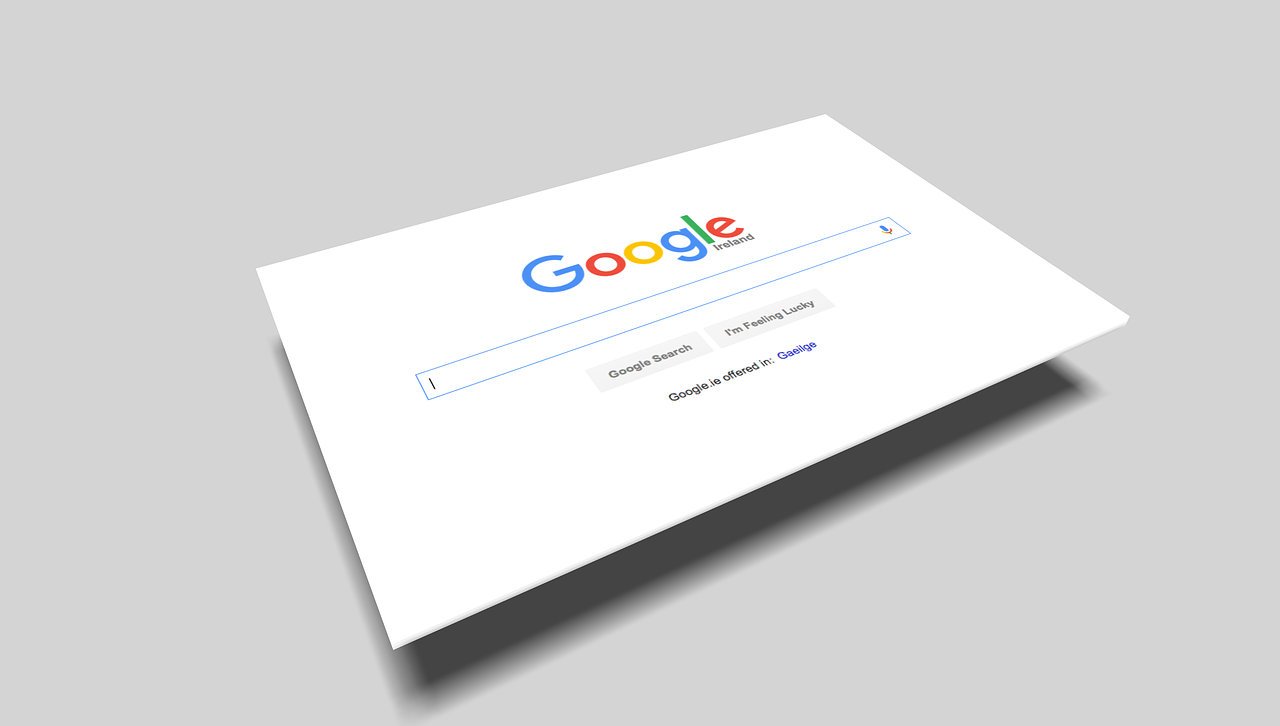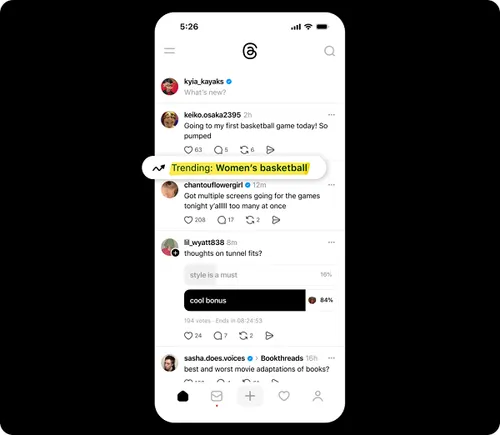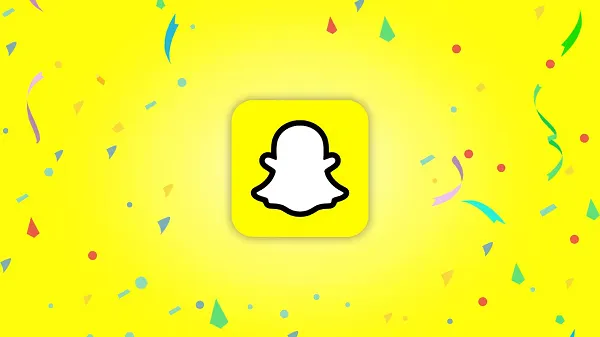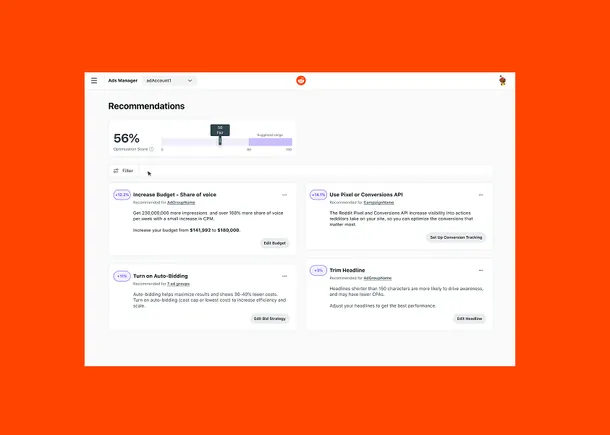Digital Content Creation: What It Is & How to Do It Successfully
In this post, you’ll learn how to create digital content that people want to see. The online world is made up of content. Whether you’re searching on Google or scrolling through TikTok, you’re consuming content. So if you want...

Digital content creation is the process of creating and publishing content on digital platforms, like websites, social media, and more. In this post, you’ll learn how to create digital content that people want to see. The online world is made up of content. Whether you’re searching on Google or scrolling through TikTok, you’re consuming content. So if you want to build online visibility and drive traffic to your website or business, you need to create digital content. This will allow you to reach your target audience online. Also, creating digital content allows you to build an audience and develop trust with them. You’ll become the go-to authority for anything related to your niche and topic of choice. For example, we publish frequently on YouTube. Here’s an example of the type of comments we get: Finally, you can actually earn a living from it. You could be paid as a content creator for your digital content creation skills, or you could monetize the audience you’ve built—ads, product placements, affiliate marketing, consulting, selling your own products, and more. Here are some examples of digital content you can create: The process of creating digital content is similar for every channel. Here’s how to do it: Making a video is different from writing a blog post. So each type of digital content requires you to possess different skills. However, even if your ideal goal is to be able to create any type of digital content, you’ll want to begin by prioritizing. At this stage, getting started and doing the real thing is more important than dreaming about being able to create all types of content. So choose the one type of digital content you wish to excel at creating and get started. As writer Scott Young says: Attempting several pursuits at once is a recipe for accomplishing none of them. Progress requires priorities. We need to tackle projects one at a time—not try to juggle them all at once. I recommend starting with the content type you have the most affinity with. These can result from your natural strengths or simply the platform you spend the most time on. For example, if you find yourself wasting spending hours on YouTube, then making videos could be up your alley. For me, I enjoyed reading books and blog posts, so I ended up choosing writing as my main marketing skill. No matter the type or platform you’re creating content for, you’ll want to ensure you’re creating something that appeals to your target audience. Nothing beats the good old-fashioned method of asking your target audience what they want to see. Find friends and family who match your audience profile and ask them what they’d like to see or what type of content is missing/neglected on the internet. For example, I breakdance as a hobby. So if I were to start a YouTube channel about breaking, it would be as easy as hitting up my regular practice spot and asking my fellow breakers some questions. If you’re a business and have existing customers, reach out and ask them. You can join online groups on Facebook, Reddit, Discord, and Slack and ask them questions. Beyond that, you can use tools to see what type of topics already performed well. This is an indicator that people are interested—and will continue to be interested—in those topics. For example, if you’re creating blog posts, you’ll want to know the topics people are searching for on Google. Since they’re searching for those topics, then it’s likely they’ll want to read about them. To find these topics, you’ll have to do keyword research. This is the process of finding the words and phrases people search for in search engines. The easiest way to do this is to use a keyword research tool like Ahrefs’ Keywords Explorer. Here’s how: This report will show you all the questions containing “basketball,” sorted by search volume. Look through the report and pick out the questions you want to write about. Other examples: There are three main steps involved in the process of actually creating the content: Let’s take a deeper look. Before you put pen to paper, you’ll want to have a clear idea of what it is exactly you want to say. Otherwise, there is a real risk of going off-track, missing the main points, and making your audience fall asleep. You may get away with simply throwing your thoughts out as a tweet or IG story. But even then, those types of posts can benefit from planning and rewriting: 1. Always give value before you ask for value. 2. Spend more time revising your tweets than you think is reasonable. Most of mine take 10-20 minutes to write. 3. Post at least 1 tweet per day. So this stage means creating an outline (or a storyboard if you’re making a video). For example, this post began as an outline: To create the outline, I combined a mix of: Here’s how to do the last one: This report shows you all the common keywords the top-ranking pages are ranking for. These could make potential subtopics we could cover. However, we only want to see the most relevant ones, so let’s set the “Intersections” filter to 3, 4, and 5: Scrolling through the list, we can see a few subtopics to include: If you’re making an educational video on YouTube, this script format has worked well for us: Once you’re done with your outline or storyboard, I recommend getting a friend or colleague to give feedback. We do this for all our outlines (and drafts too). At this stage, this feedback will be invaluable in helping you identify what’s missing and what could be improved, especially with regard to the structure. No matter what you’re creating, this part is really about hunkering down and just making the content. You’ll have your own quirks and fancies here (for example, I enjoy a cup of strong coffee while writing). But from experience, it’s seriously about blocking out a chunk of time and working on the content with no distractions. This could mean: When you’re done creating, you should (again) get feedback from a friend or colleague. Doing this will help reduce inaccuracies, logical loopholes, spelling errors, and grammatical mistakes. This is the easiest part. Once you’re done, it’s really just a matter of formatting, finalizing, and uploading your work onto the target platform. Content creation is all about the feedback loop. You’ll want to create content and publish it, and you’ll also want to know if it’s hitting the target. Are people consuming it? Do people like it? What can you improve on or do less of? Answering these questions will require you to measure your content’s performance. Besides getting qualitative feedback from your audience, you can also use tools to see said performance. For example, if your main digital content type is blog posts, you’ll want to check Google Search Console and see if you’re generating any search traffic. You’ll also want to add your main keywords to Ahrefs’ Rank Tracker to see if you’re ranking high on Google: For other platforms, you’ll likely be able to see your analytics via the platform itself. For example, if you’re creating content for YouTube, you’ll want to go to YouTube Studio and check your analytics. When you see something working, consider doubling down and making more of the same. But don’t be afraid to experiment too. Use the scientific process—if something doesn’t work, can you try a different approach? Perhaps a different hook, structure, or format? It’s all about playing around, experimenting, and figuring out what works along the way. There are two main factors behind successful digital content creation: Any questions or comments? Let me know on Twitter.
1. Decide on your main type of content
2. Find proven topics

3. Create the content

Planning



Creating
Publishing
4. Measure and monitor performance


Final thoughts

 UsenB
UsenB 
































